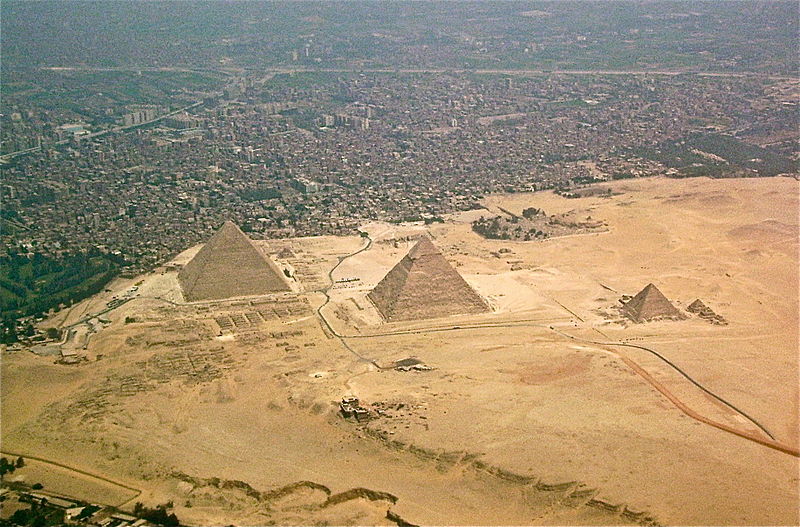A few years ago, I introduced an academic summer day camp program to the small Nebraska library where I was director. Since we were always working on a limited budget, the program had to be inexpensive as well as educational. After a great deal of research, I came up with ‘Dig It’. It was a 3-day artifact and archeology program that we finished with writing a custom thesis. Students had a lot of fun and hopefully learned a little too.
First we looked at different books on archeology and excavations. We chose an Egyptian theme because materials were plentiful. The students found Egypt on a map, learned about the climate and culture and drew their names in hieroglyphics. They made necklaces and bracelets out of wire and beads. They had fun learning the difficult pharaoh names and made pyramids from sugar cubes.
The most popular part of the curriculum was when students got to make, and break, their own artifact. Here’s how you do it.
Find or buy a terra cotta flower pot. They can be either new or used. Used ones give an authentic antique effect.
Cover your work surface with newspapers. Decorate your pot with acrylic paints. Be careful not to get the paint on your clothes. It doesn’t wash out. Take time to look up hieroglyphics or other Egyptian symbols. If you don’t want to spend money on paintbrushes, use a cotton swab. You can also cut simple shapes into a potato and use it as a stamp.
When the pot is done, let it dry completely. Place inside a paper or plastic bag and drop it on the floor. Yes, I said drop it on the floor. Do this hard enough to break it, but soft enough to only have a few large pieces.
Now you are ready to bury your artifact. A sandbox works best. Bury only the big pieces in random places. The small pieces should be left out. They could be overlooked when you dig and little people could get cut on them later if they are not found.
Push sticks into the ground at even intervals around the sandbox. Tie strings on sticks to make grid pattern across the surface of the sand. Let kids uncover artifact pieces and draw their positions on a piece of paper. A large paintbrush is useful for uncovering fragments without disturbing their placement.
When all the pieces are found, reassemble them with white school glue. The cracks lend the pot a relic look. Once dry, the pot can be used to store pencils or other treasures. You can have your very own Egyptian artifact.

